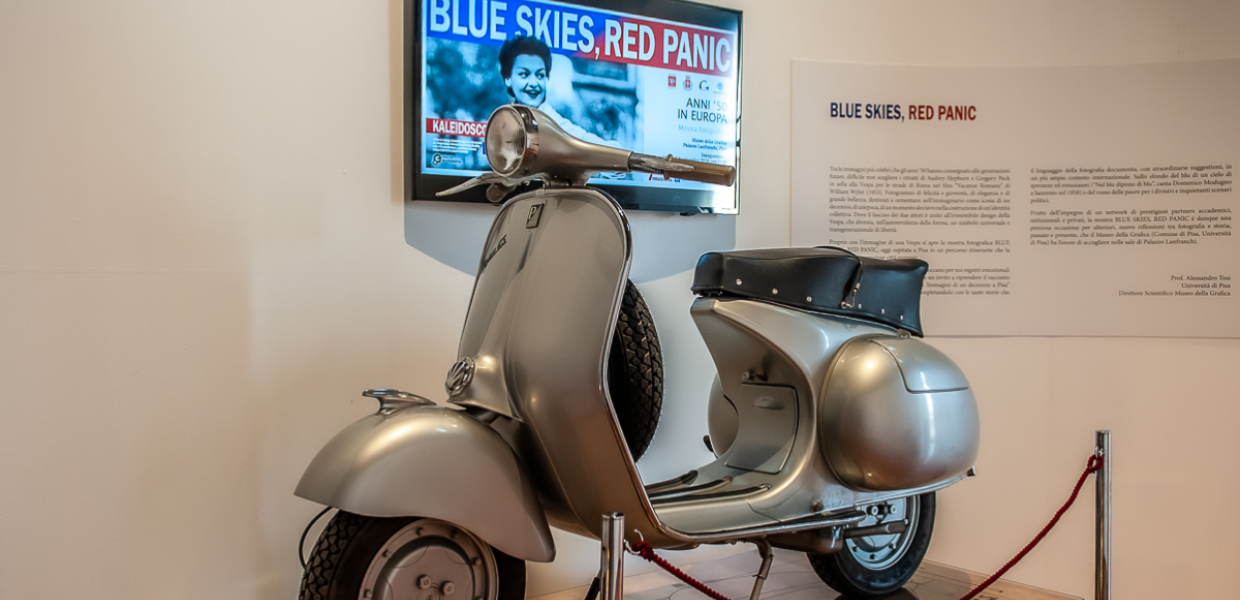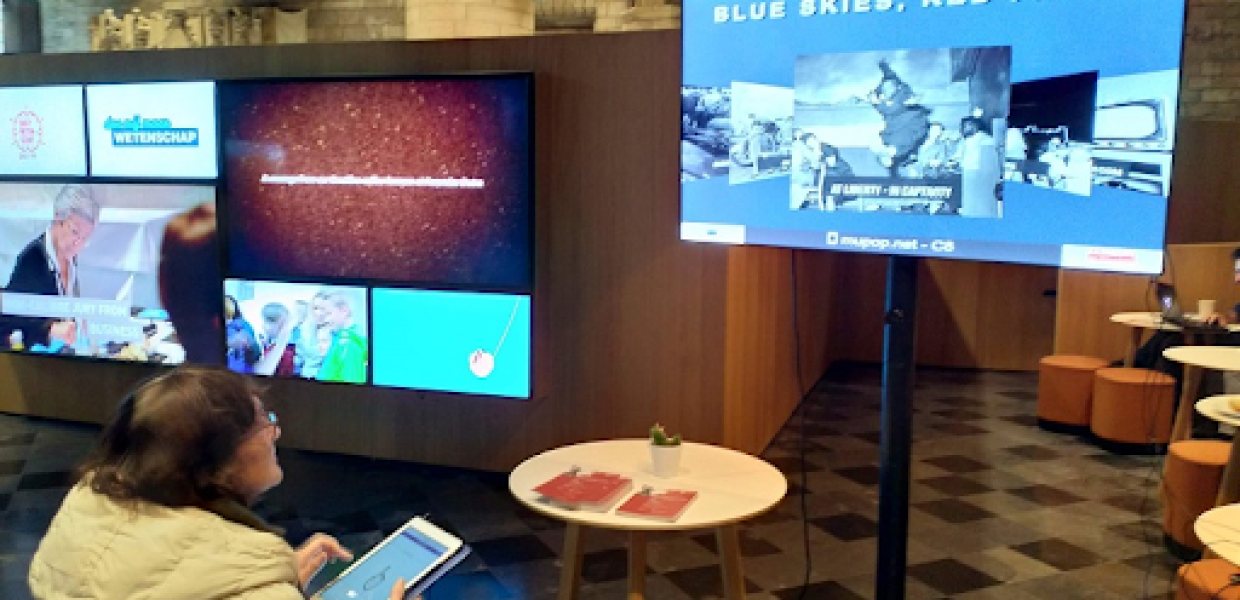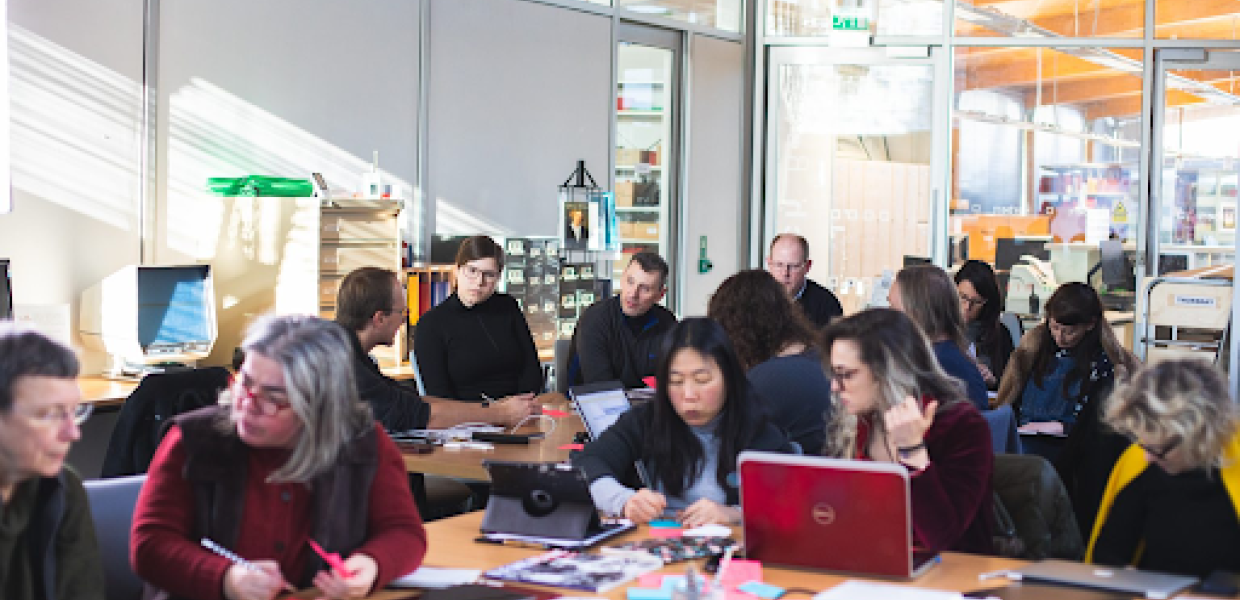New content and innovation
In addition to delivering around 18,000 hitherto unseen photographs of the 1950s to Europeana, the Fifties in Europe Kaleidoscope project made use of innovative approaches and tools to enhance audience experiences with Europeana content.
We collected information and feedback about two tools which encourage interaction and engagement with digital photographic heritage collections: WithCrowd annotation tool and the Visual Similarity Search.
WithCrowd allows people to collect annotations on content available through the Europeana collections website, and, after a process of curation and validation, uses these annotations to enrich Europeana records. The platform also hosts crowdsourcing campaigns through which contributors can add and validate semantic annotations in a user-friendly and engaging way.
The Visual Similarity Search tool uses advanced algorithm technology to recognise predefined themes and link images based on their visual resemblance. To demonstrate the potential of the algorithm in real world scenarios, the project developed a test mobile application as a demo, that allows users to submit a picture and retrieve a set of matching images.
Blue Skies, Red Panic
The Fifties in Europe Kaleidoscope project also organised an exhibition entitled Blue Skies, Red Panic. This showcase explores and documents the 1950s through images from the collections of project partners and Europeana. The exhibition was presented in a wide range of formats, from a physical setup launched at the Museum of Graphics in Pisa and then shown across Europe, to an online exhibition on the Europeana collections website.
The final iteration of Blue Skies, Red Panic made use of MuPop, a digital exhibition tool that combines social interaction and digital showcases. It encouraged online dialogue between visitors to the exhibition, bridging the physical (an on-site screen) and digital (the virtual nature of the showcase).
Blue Skies MuPop debuted at the Day of Science at KU Leuven and was used in other project’s events, also celebrating the successful conclusion to the project at its final conference in the Museum für Fotografie in Berlin (20-21 February 2020).




